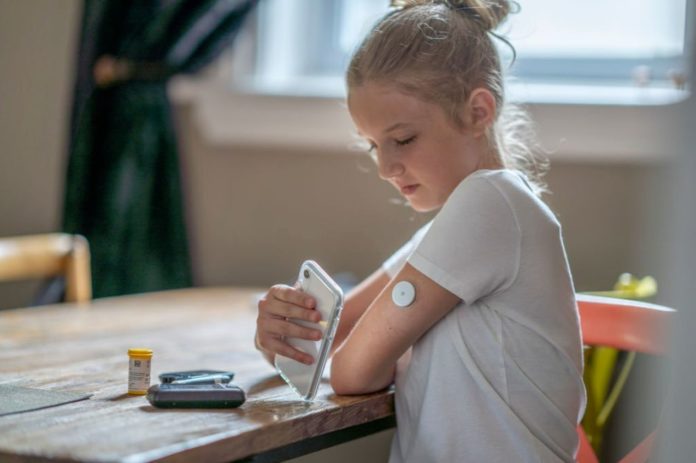Even the most exciting new medical treatment can become useless because of one thing that can’t be changed: time.
If a medication only works momentarily, it has a slim possibility of improving patients’ lives, which is why the latest news from the University of Alberta Hospital is so encouraging.
After 20 years of work, the team behind the largest islet cell transplant program in the world says that the procedure is safe, reliable, and can change the lives of people with diabetes that is hard to control.
Results published this week in The Lancet Diabetes & Endocrinology show that 255 patients who received more than 700 infusions of islets at the University of Alberta Hospital over the past two decades have survived, graft survival, insulin independence, and protection from life-threatening low blood sugars.
James Shapiro, lead of the team says that “that islet transplantation is an effective therapy for patients with difficult-to-control Type 1 diabetes” and “this long-term safety data gives us confidence that we are doing the right thing.”
The findings of the study show “really strong proof that cell-based therapies can deliver a meaningful and transformative impact for people with diabetes,” adds Peter Senior. “We are delivering something which all other treatments for diabetes don’t deliver — there’s a comfort, a predictability, a stability to blood sugar levels that don’t exist with anything else.”
Islets are clusters of cells that create insulin, a hormone that allows the body to regulate the flow of energy from food by storing excess after meals and releasing it between meals to allow the body to function. Because the immune system incorrectly destroys the cells within islets in Type 1 diabetes, patients must inject insulin. Low or high blood sugars, as well as long-term effects, are life-threatening in patients with difficult-to-control or “brittle” diabetes.
255 people got islet transplants by infusion into their livers between March 1999 and October 2019. 70 percent of the grafts lasted for over six years on average. A combination of two anti-inflammatory drugs administered during the first two weeks after transplant considerably improved long-term islet function, according to the researchers.
The transplant recipients must take immunosuppressive medicines for the rest of their lives, which might cause skin cancer or infection in some situations, but most of these problems were not deadly over the research period.
After two or more islet infusions and a median of 95 days after the initial transplant, 79 percent of the transplant recipients were able to discontinue taking insulin. The researchers found that 61 percent of people were still insulin-dependent after a year, 32 percent after five years, and 8 percent after 20 years. While the majority of patients had to resume insulin injections, the doses were frequently substantially lower than their original requirements, and their diabetes management improved.
“Being completely free of insulin is not the main goal,” adds Shapiro. “It’s a big bonus, obviously, but the biggest goal for the patient — when their life has been incapacitated by wild, inadequate control of blood sugar and dangerous lows and highs — is being able to stabilize. It is transformational.”
Although Edmonton has the world’s largest islet transplant program, transplants are now being performed in other Canadian locations, as well as Switzerland, France, Australia, and the United Kingdom. Shapiro thinks that the findings will boost confidence in the surgery in countries where it is now only available on a trial basis, such as the United States.
Shapiro will keep working to replace the existing reliance on deceased donors with a more plentiful source of islet cells. Human trials have previously proven that stem cells engineered to make insulin can be successful. Transplant trials for cells that have been gene-edited to make their immune system invisible have recently begun.
“Islet transplant as it exists today isn’t suitable for everybody, but it shows very clear proof of concept that if we can fix the supply problem and minimize or eliminate the anti-rejection drugs, we will be able to move this treatment forward and make it far more available for children and adults with Type 1 and Type 2 diabetes in the future,” Shapiro adds.
Image Credit: Getty
You were reading: Diabetes Patients No Longer Need Insulin After Receiving This Therapy
